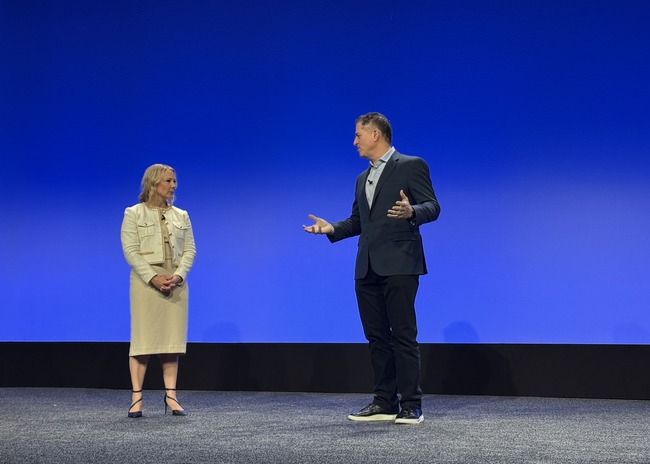As an industry analyst, I attend numerous briefings where vendors discuss their commitment to the small and midsize business (SMB) market. The narrative is often similar, focusing on simplified features or tiered pricing. However, Zoho's recent SMZ analyst event offered a perspective that was profoundly different. It was not just about selling software; it was a cohesive, long-term philosophy for empowering businesses from the moment of conception. With a staggering 40% year-over-year growth in its global customer base in the first half of 2025, it is clear this philosophy is not just resonating – it is thriving. Zoho is proving that to truly serve the SMB market, one must be a partner in their entire lifecycle, from a simple idea to a flourishing enterprise.
The "SOHO" Soul of a Global Powerhouse
To understand Zoho's strategy today, one must look at its origin. The name "Zoho" itself is a nod to "SOHO," or Small Office/Home Office. This was not just a clever marketing acronym; it was the foundational principle of the company. From its earliest days, Zoho has focused on building tools for the smallest of businesses, understanding their unique constraints and aspirations. While the company has grown into a global technology giant with a vast portfolio of enterprise-grade applications, it has never lost this SOHO soul. This heritage provides Zoho with an authenticity that few competitors can claim. It is not an enterprise company scaling down; it is an SMB-focused company scaling up, and that distinction is critical to its success.

The Four Pillars of a Resonating Strategy
During his keynote, Raju Vegesna, Zoho's Global Chief Evangelist, articulated the strategy that is driving this impressive growth. It is a strategy built on four core tenets that align perfectly with the needs of modern SMBs.












